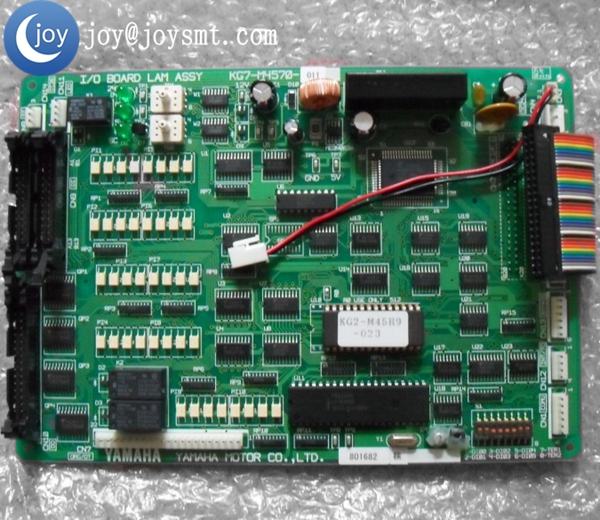The latest trends and advances in SMT industry
If you only started working in the electronics industry within the past 30 years, you probably take the advantages of SMT production for granted. For those who have been in the game for awhile, though, it's obvious that the emergence of SMT production has changed the way in which electronic devices can be designed and manufactured. The good news is that SMT processes are only getting better and more fine tuned with every passing year. In this post we will explore what it is that SMT production has already done for the industry and at three of its latest advancements.
SMT-productionHow SMT Production Changed the Game

In the beginning, there was point-to-point construction. Before the 1950s, manufacturers had to assemble all products by hand - a very costly and time consuming process. Fortunately, after the invention of the Printed Circuit Board (PCB), contract electronic manufacturers were able to pre-design circuit boards and mass-produce them in a way that was faster, cheaper, and more consistent. Originally, all PCB manufacturing was completed via "Through-Hole" technology which required holes to be drilled through each PCB board. Each component then used a small "peg and hole" arrangement as a means of staying in place prior to being secured on the opposite side. Unfortunately, despite being faster and more reliable than manual assembly, Through-Hole technology was still a difficult and tedious process. Additionally, the holes took away some of the board's integrity. Enter: Surface Mounted Technology SMT) production.
SMT built upon the basic concept of Through-Hole technology and made it better. Instead of drilling holes through PCBs, components could be applied via a solder paste. Not only does this lower production costs and reduce the time required to assemble a PCB, but it also enables more components to be placed onto smaller space - a must in the world of compact technology.
Continuous Evolution in SMT Production
SMT manufacturing has continued to evolve and improve since its introduction to the electronics industry in the 1980s, and it will only continue to get better. Here's a closer look at three of the latest advancements in SMT:
1. LED Technology - Light Emitting Diodes (LEDs) have rapidly becoming more popular within the manufacturing and electronics industry. In fact, LEDs have almost entirely overtaken the bulbs conventionally used for PCBs. But why is this? The number one advantage of LEDs is their smaller size and lower power consumption. When paired with the faster, more time and cost efficient methodologies of SMT, LED lights can help lead to a significant increase in production rates while simultaneously decreasing labor costs. And on top of this, it's a "green" technology. It's a win all around.
2. Soldering Paste
We already know that soldering paste has done wonders for improving the speeds and lowering the costs associated with developing PCB boards for small, compact electronic devices. But even though it has totally altered the landscape of the electronics industry, soldering paste is still improving. Some of the most helpful advancements in this arena include the recent development of fine particle pastes, water soluble pastes, and no clean pastes. These improvements have all worked to help make the manufacturing process easier and more efficient.
3. Increased Speed
surface-mounted-technology
Today's consumer market has a need for speed. With Through-Hole technology, PCBs were required to be larger, and therefore slower and less efficient. SMT production methods have allowed for increasingly smaller components to be incorporated into PCBs. In fact, components that manufactures once believed would be impossible to add to a board are now being integrated into electronics with ease. As these components grow more compact and improved soldering pastes can be used to secure them, more components can be added to increasingly smaller PCBs. The benefit here is twofold: First, electronics companies are able to provide their customers with compact, lightweight electronic devices. Secondly, the smaller boards run faster, meeting consumer demands.

